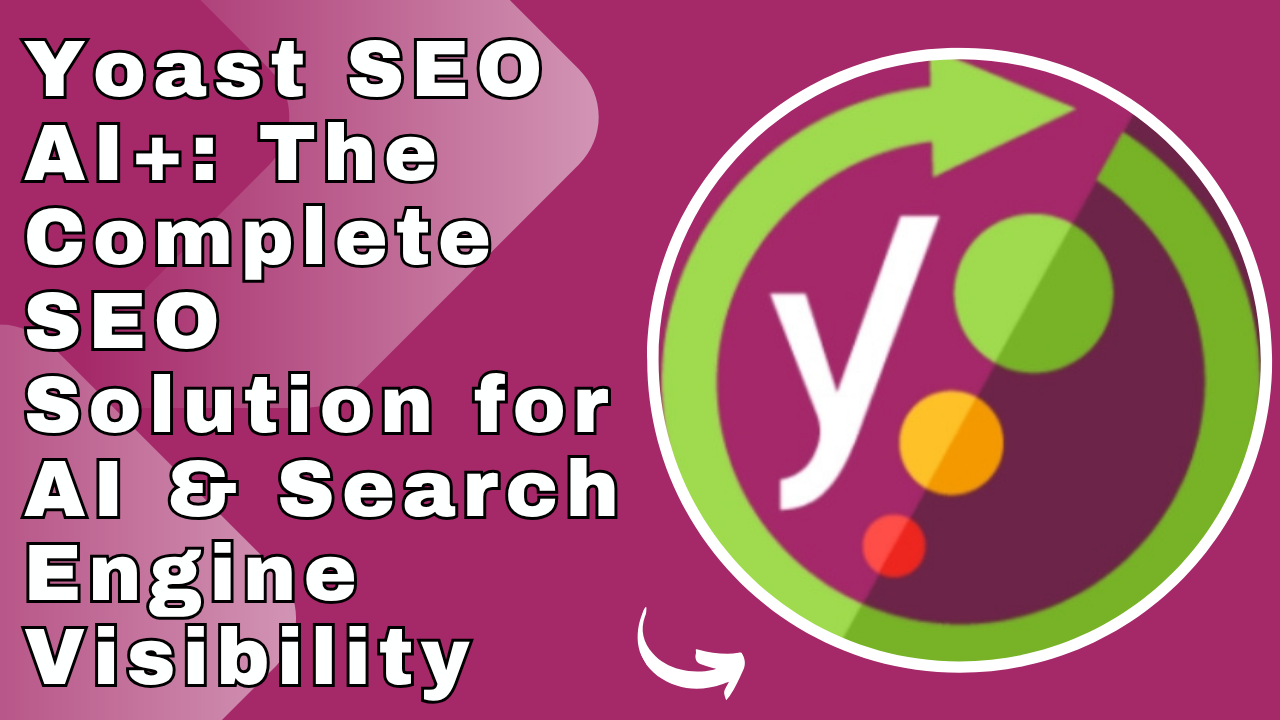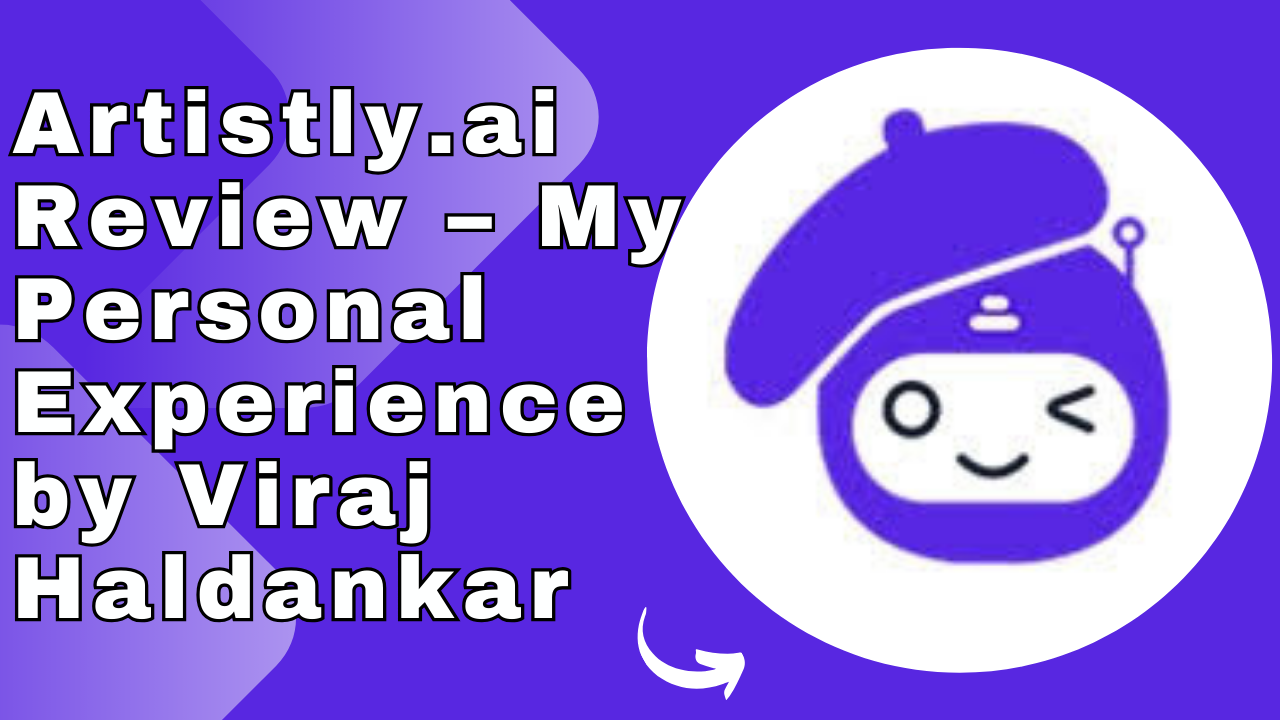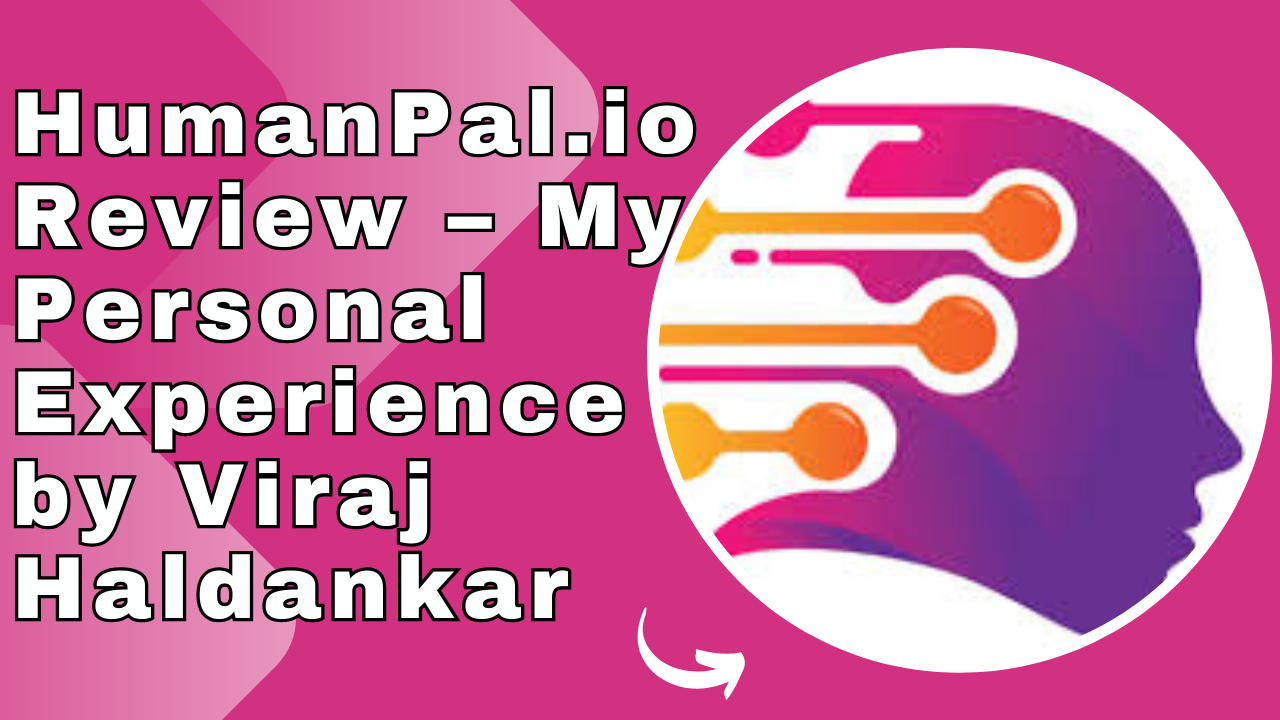Search engine optimization has evolved dramatically with the rise of artificial intelligence. Once centered on keywords and backlinks, SEO is now becoming a mix of science and storytelling—powered by AI’s ability to understand intent, personalize content, and generate instant insights. The future of SEO isn’t about outranking others; it’s about being chosen—often without a click.
In this post, we’ll explore how AI is altering the way search works, how smart tools guide strategy, and how you can adapt. Welcome to the new era of SEO, where visibility is engineered for answers—not just links.
1. Search as Conversation, Not a List of Links
AI-driven search engines are replacing traditional blue link results with direct responses. These platforms synthesize answers from various sources, often without requiring users to click further. This means successful visibility is no longer about ranking on the first page—it’s about being referenced in a textual summary.
These shifts have pushed the industry toward Answer Engine Optimization (AEO), where content is optimized to be cited directly by AI, and Generative Engine Optimization (GEO), which ensures content can be integrated into synthesized AI responses. Both prioritize relevance, structure, and clarity over density or backlinks.
SEO professionals now blend traditional tactics (like keyword research) with newer strategies: logical content structure, Q&A formatting, and machine-friendly metadata (like schema or llms.txt) to increase AI citation likelihood.
2. Rapid Search Insights with Predictive Analytics
AI tools now forecast search trends before they spike—analyzing past behavior, seasonal patterns, and social sentiment to suggest which keywords will matter next. Imagine creating content around topics that will rise in interest days before the crowd catches on.
These predictions enable smarter long-tail targeting, faster content planning, and better niche positioning. AI tools can uncover emerging keyword clusters and highlight competitive gaps you can fill early.
3. Real-Time Audits and Optimization Suggestions
Audits used to take hours of manual checking. Now AI crawls your site continuously—flagging broken links, slow pages, missing tags, image issues, and mobile usability problems instantly. You can receive alerts or reports matched to priorities, spot inconsistencies before they impact rankings, and maintain clean, high-performance sites without manual oversight.
This real-time accuracy keeps technical SEO responsive, efficient, and scalable.
4. Personalization and User Intent at Scale
AI doesn’t just understand what people search—it predicts what they’ll want next. Using behavioral signals, session context, and prior interactions, AI tools can tailor content in ways that traditional SEO never could. Content dynamically adjusts to user intent clusters like discover, research, buy, or compare—making user journeys more relevant.
Target pages can be personalized locally (e.g., city or language), delivering a tailored experience without requiring separate pages or domains.
5. Multimodal Content Wins in AI Search
The AI-driven future of search isn’t rooted in text—it’s multimodal. Search engines powered by conversation can pull answers from video, podcast transcripts, images, and structured data. AI can cite a paragraph one minute, a product image the next, a chart or infographic after.
To perform, brands must produce content ecosystems—not just articles. Structuring data (like FAQs, visuals, tables, and sections optimized for snippets) improves the chance of citation or generation—even when the content isn’t directly indexed.
6. The Rise of GEO & AEO: New Strategies for AI-Driven Visibility
Terms like Generative Engine Optimization (GEO) and Answer Engine Optimization (AEO) are the newest horizons in search strategy. Rather than optimizing for keywords, you optimize for passages—pieces of content that can be directly used by AI in answers.
To succeed:
- Write for clarity, brevity, and attribution—so AI bots can quote you.
- Break content into citable chunks: bullet lists, tables, simple language.
- Use metadata, structured blocks, and authorship signals to boost trust.
7. Visibility Beyond Clicks: Measuring AI SEO Success
Traditional rank tracking and click-through metrics are losing relevance. AI-powered search experiences deliver answers before a user clicks—further hiding traffic patterns.
Future SEO metrics look like:
- Citation visibility: How often your content is used within AI answers.
- Presence across query trees: Being included in AI-created sub-queries.
- Persona-based rank tracking: Visibility based on user context.
These shift visibility away from classic organic rank to probabilistic presence within AI systems. Brands now track AI citations, branded responses, and snippet performance.
8. Ethical Opportunities & Emerging Risks
AI brings fresh benefits—and fresh challenges:
- Misinformation risk grows if AI extracts unsourced text.
- Privacy and trust issues emerge when AI derives personal context without consent.
- Over-reliance on AI without human oversight risks bias or shallow output.
Brands and specialists must think beyond efficiency. Ethical practice, authorship transparency, intent-aware writing, and human-in-the-loop editing are critical.
9. Who Benefits Most from AI-Driven SEO?
Ideal users include:
- Brands seeking visibility in AI-generated answers.
- Content strategists targeting answer-driven queries.
- SEO teams managing performance across regions and formats.
- Publishers needing scalable tools for dynamic content creation.
Not ideal for:
- Casual bloggers relying only on backlinks.
- Brands focusing solely on keyword lists.
- Teams lacking authority or citation-worthy expertise.
10. The Big Picture: From Traffic to AI Visibility
Traditional SEO focused on clicks—AI SEO is about presence. You’re not just ranking—you’re being selected, cited, and trusted by models. This means rethinking:
- Editorial structure
- Content format
- Metric dashboards
- User intent
It’s not about replacing SEO—it’s about reforming it. The future calls for relevance engineering, not just link building.
Conclusion
AI is transforming SEO from keyword games into intelligent relevance networks. Whether you’re adapting to AI-driven answer listings or optimizing passages for AI citation, the next-gen SEO toolkit blends structure, clarity, authority, and format-aware content.
If you want your content to be part of conversational answers, not just on click-driven pages—you need to think like a machine, but write for humans.
FAQs
1. Aren’t AI tools replacing SEOs?
Not exactly. AI accelerates and enhances SEO. Human strategy, voice, and judgment remain crucial.
2. Do I still need keywords?
Yes—but the focus shifts to themes, questions, passage relevance, and structured formats over exact-match terms.
3. How soon do I need to adapt?
Immediately. AI overviews and conversational search are already reshaping millions of queries daily.
4. Can I track AI visibility with my current tools?
Not fully. You must start tracking citations, snippets, and persona-driven cues instead of only rankings.
5. Should I still build backlinks?
Yes—but backlink strategy now supports trust signals for AI models—not just rankings.








